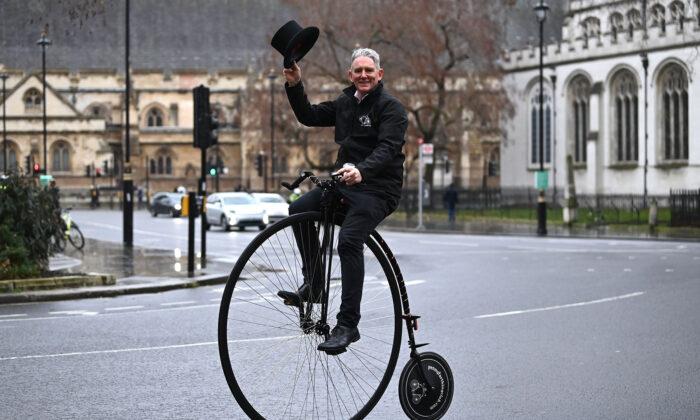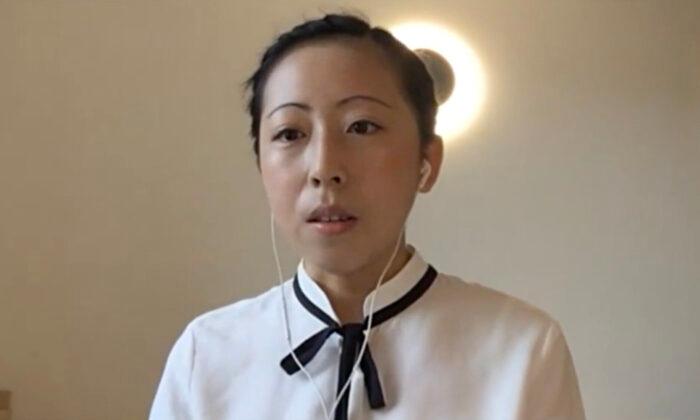Ariana Miyamoto has a quiet determination, perhaps gained from some of her past hardships growing up in Japan. The twenty-one year old model is the first mixed race woman to represent Japan in the Miss Universe pageant.
Since winning the title she has received streams of encouraging comments; yet her win has also triggered online racial abuse, despite the fact that mixed race Japanese celebrities, like Rola, Triendl Reina and Becky dominate the entertainment industry in Japan.
Miyamoto is half Japanese and half African-American, referred to as hafu. Some twitter users commented: “Is it ok to have a hafu represent Japan?” “It would have been better if a pure-blooded Japanese won.”
Miyamoto, who was brought up in Nagasaki, Japan, has taken the negative comments in her stride.
We met at the CJ offices in Shimbashi, Tokyo. Her smile was fresh and positive.
“I decided to be a model to accept myself for who I am,” she said, speaking in Japanese as she only speaks a little English.
Miyamoto had declined the offer to enter the Miss Universe Japan contest last year as she thought she would not be selected as a representative of Japan, being hafu.
Yet not long after her friend, who was half Japanese and half American, committed suicide. This spurred her on to enter the contest this year.
Miyamoto had spoken to him about racial issues just a few days before he took his own life.
“I applied for the competition this time, not only for him, but others who may be hurting themselves or took their own lives away,” she said.
He looked Caucasian but only spoke Japanese.
Miyamoto is a Japanese national but is often treated like a foreigner in Japan. When she was working as a bar tender, she was always asked: ‘Where are you from?’
“I used to reply seriously: ‘I am Japanese,’” smiled Miyamoto.
People in restaurants still give her English menus. But she said she just accepts this now as part of her life. I didn’t feel any frustration in her voice.
She tells me that her past experiences have made her stronger.
“I suffered a lot when I was a child,” she said.
“But because I was bullied, I became stronger. I don’t feel depressed even if someone says I’m ugly. I take everything positively,” she said.
On sports days in primary school her classmates didn’t want to hold hands with her, saying her skin colour might rub off on them; During swimming lessons, some of her classmates didn’t want to share the same water as her.
“I behaved normally but I used to be very depressed inside,” she said.
Throughout this time her mother, who is Japanese, helped her through, reassuring her by saying that others are only saying those things because they are jealous.
At the age of fifteen, wanting to spend time with her African-American father and experience life abroad Miyamoto went to stay with family at Arkansas, America. It was here that she felt accepted for who she was—and it was not just a trip abroad, it was also a journey that helped her understand herself.
“I was not sure who I was when I was in Japan,” she said.
“But during my stay in America, I realised that I am Japanese. For example, I found myself shy and that chopsticks are easier for me to use when I am eating rice. If I didn’t make that trip to America, I wouldn’t realise who I was, perhaps even now.”
She found herself missing Japanese food such as natto (fermented soy beans) in America, something she had not felt before.
“The message I would like to give is that there is no person exactly the same,” said Miyamoto, speaking with a Japanese demeanor and an African-American elegance.
“Some may be similar, but we are all different. It is important to like yourself and love yourself,”
After meeting Miyamoto I felt encouraged and I believe many people can relate to her personal story.
Reflecting on my personal roots I realised that as a teenager and in my early twenties, growing up in the UK and not looking Japanese I often rejected the Japanese half of me.
The message Miyamoto gives is universal—self-acceptance for who you are—and loving it.
It is an inner-strength that is part of being mixed race in today’s globalised world, like a cherry blossom flowering in the snow.





